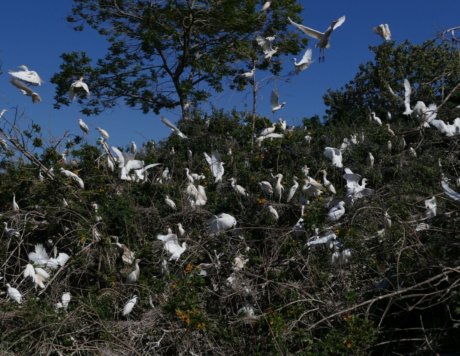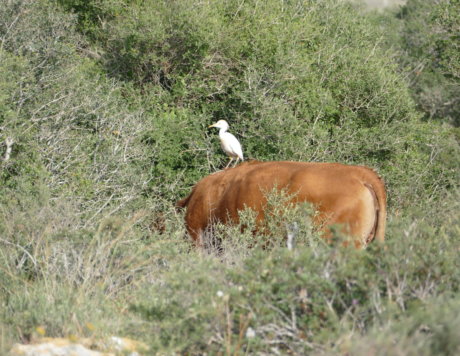Impact of Grazing on Reptiles in Mediterranean Woodland in Israel
Roy Talbi, Ido Itzhaki and Avi Bar Massada
The study focuses on the effects of cattle grazing on the reptile community in Mediterranean woodlands in northern Israel, through the changes in vegetation structure and the presence of the cattle egret (Bubulcus ibis), a predator that accompanies cattle in the field. The study sheds light on the role of this overabundant species, which until now was not considered problematic for the ecosystem; it is now clear that its impact on small animals at the base of the food web is significant to the point of deterioration of such species that are usually highly abundant in woodland areas.











